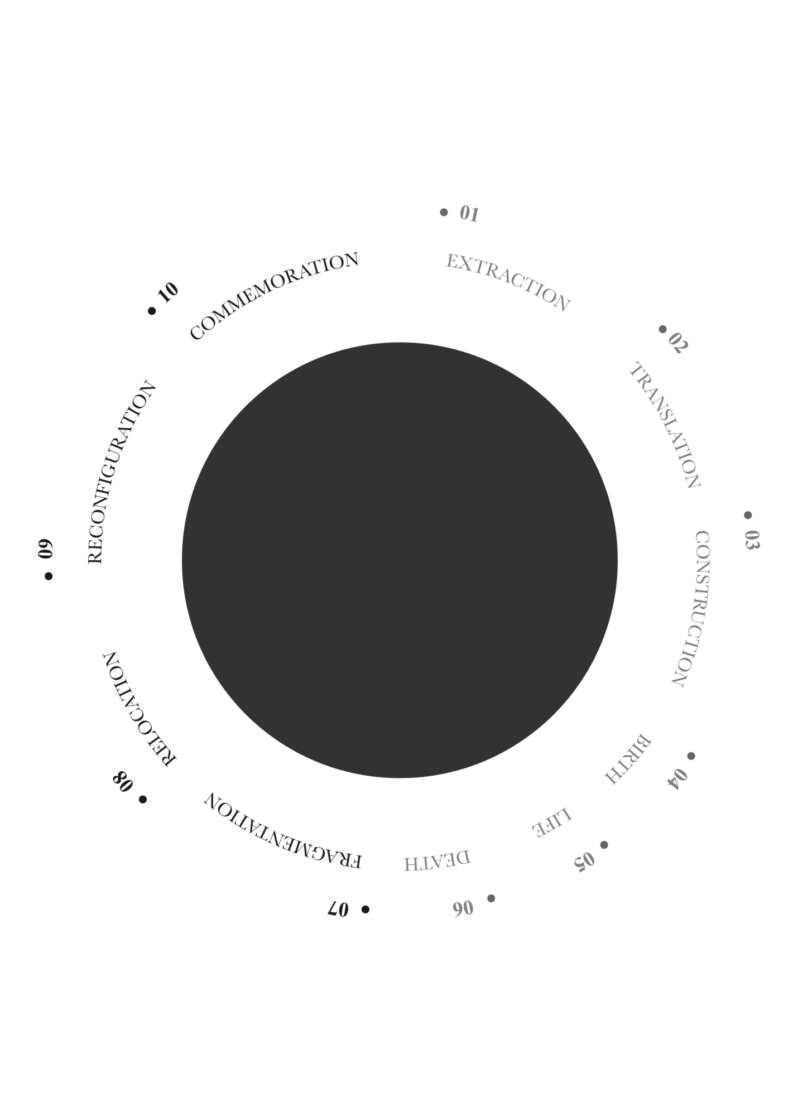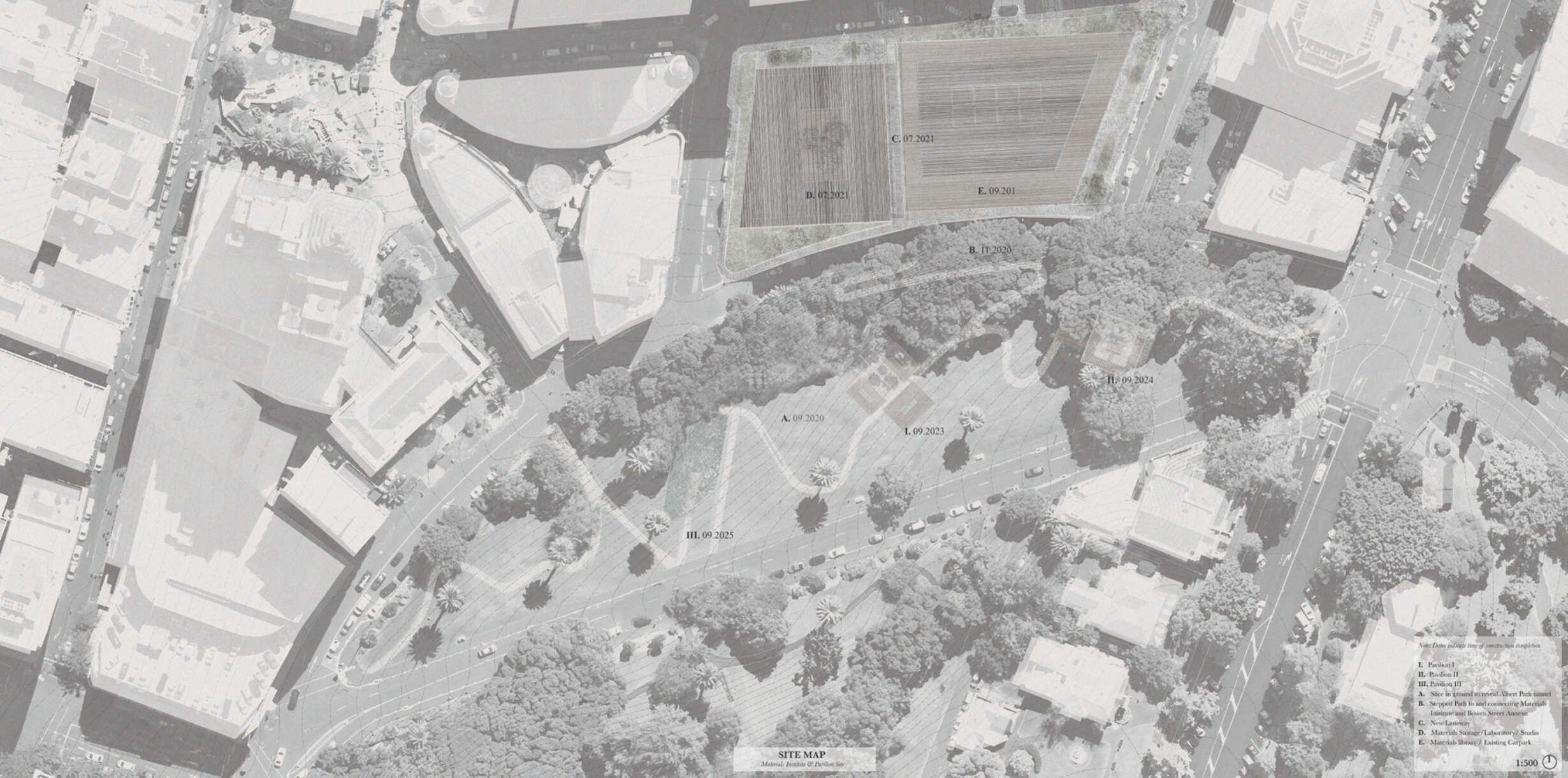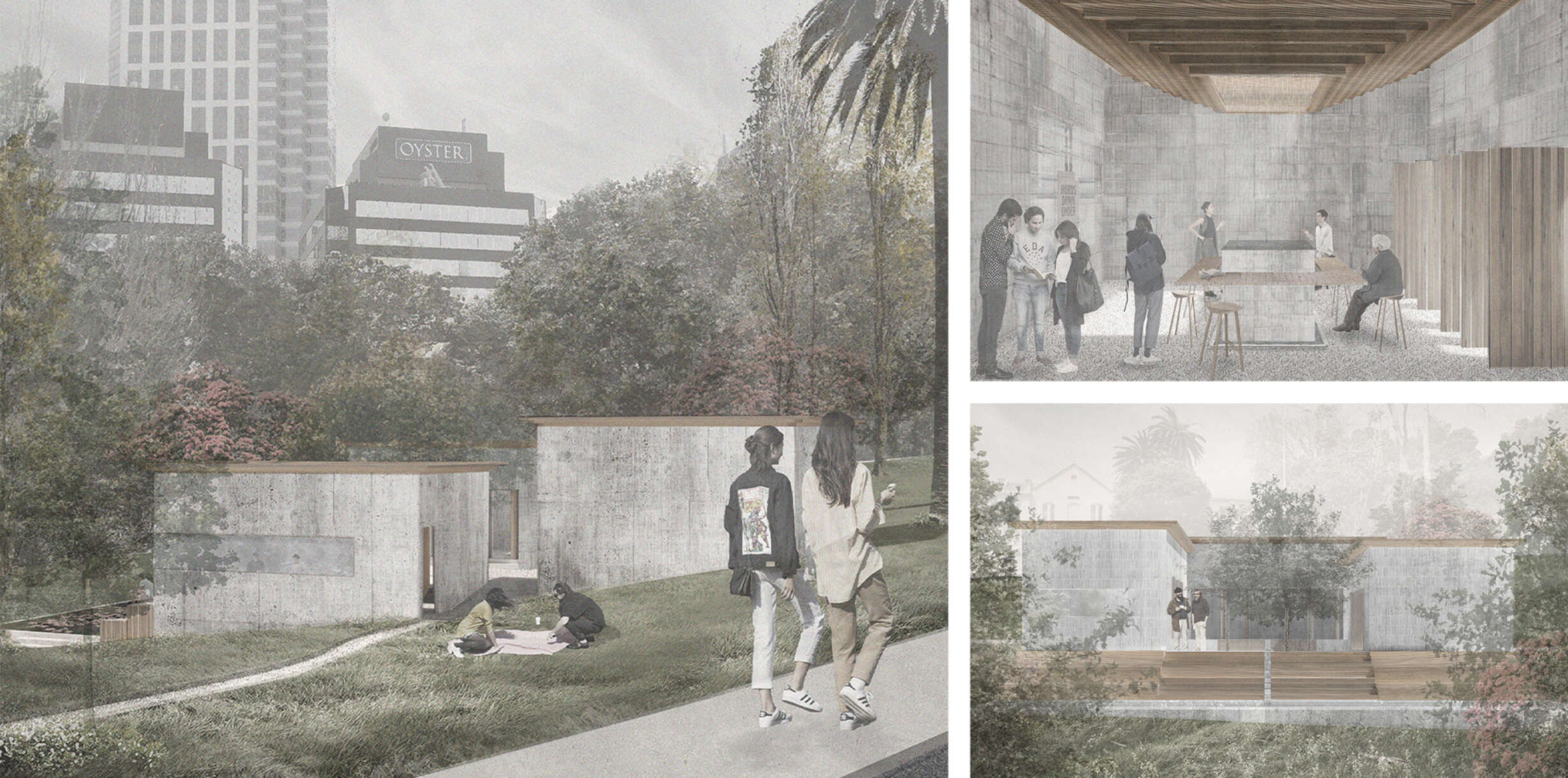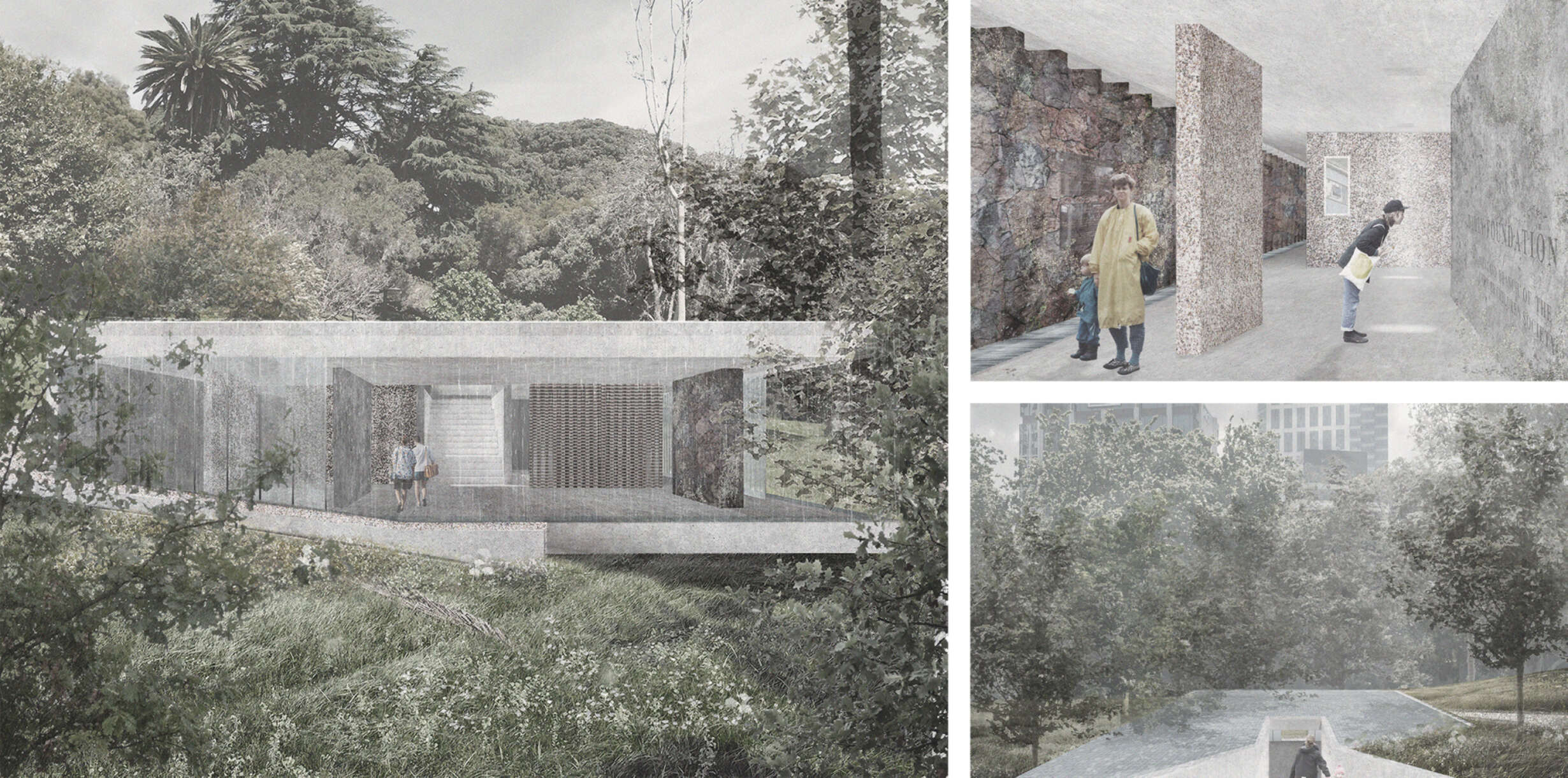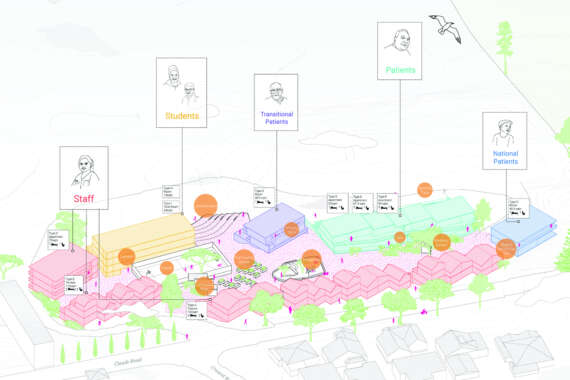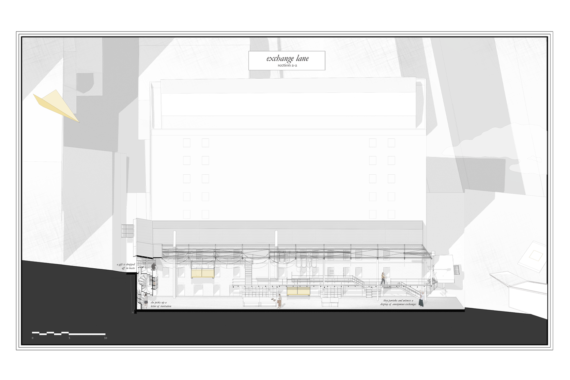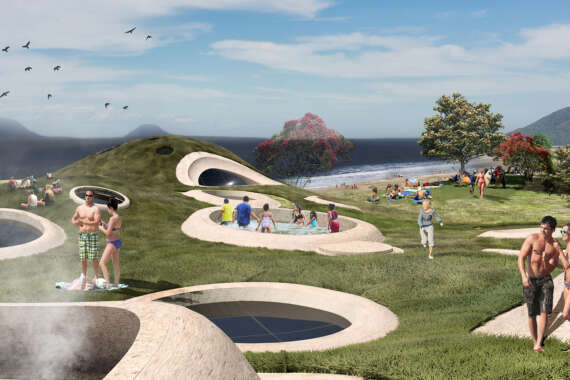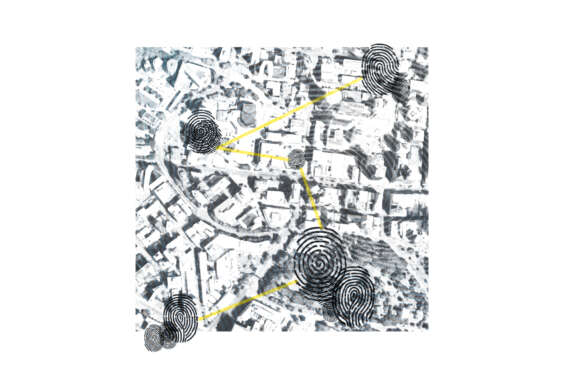Reconstructing Remnants: Encountering Auckland’s Lost Materiality.
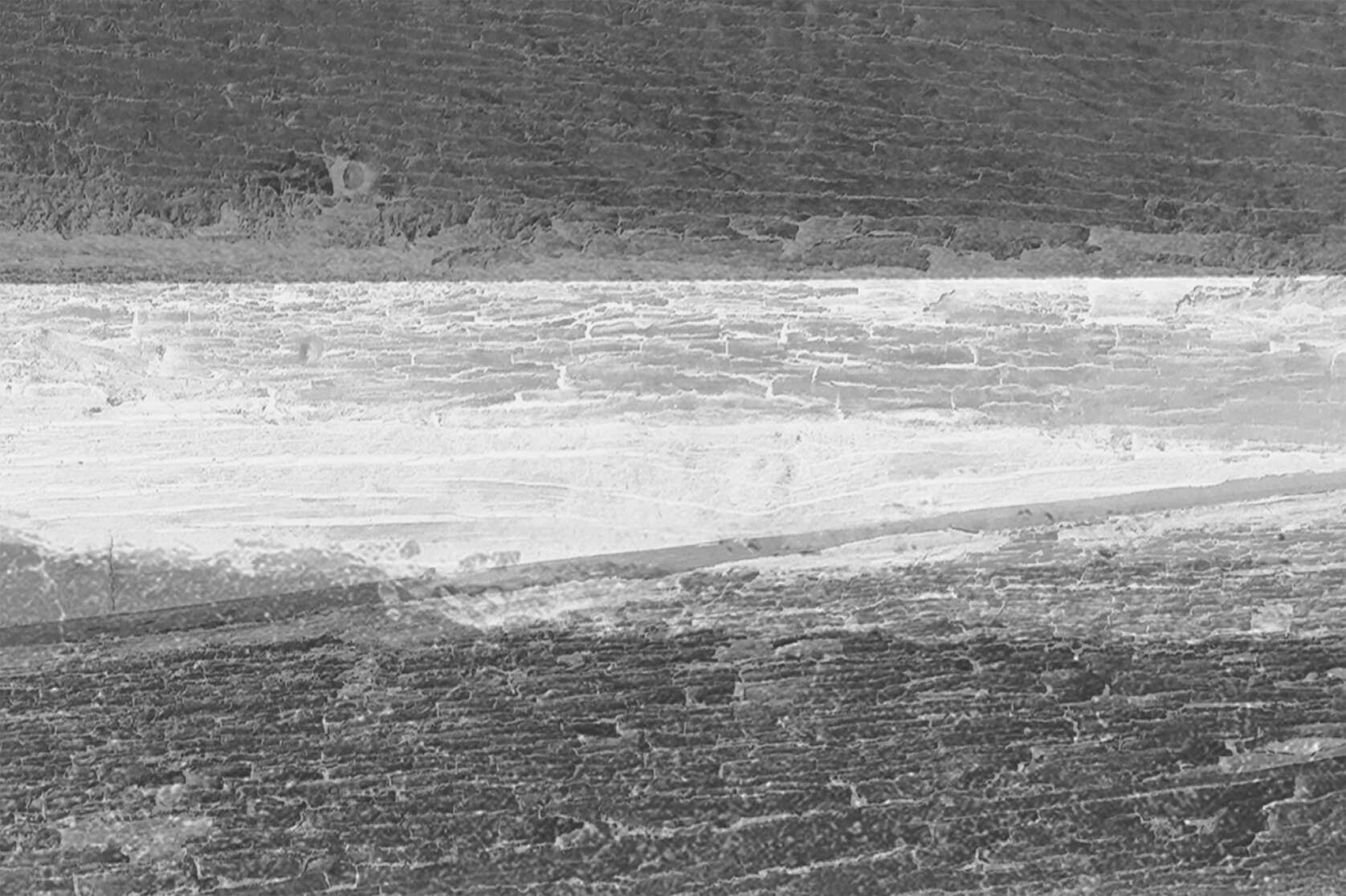
The urban fabric is a bricolage of materials, engaged in a perpetual cycle of renewal through the construction and deconstruction of buildings. As architecture attempts to transcend time, there is a growing need for an emotional connection between people, nature and the built environment in order to mitigate the disconnection of architecture from its cultural context.
Auckland’s continuously changing urban environment has led to the demolition of many culturally significant buildings. The current state of architecture is often reduced to representing a commercialised commodity where flatness, transparency and speed neglect embodied encounters, history and weathering processes.
Drawing upon notions of time and the socio-ethical responsibilities of architecture, this thesis engages with the temporal aspects of architecture through materiality, trace, memory and the palimpsestic value of time.







